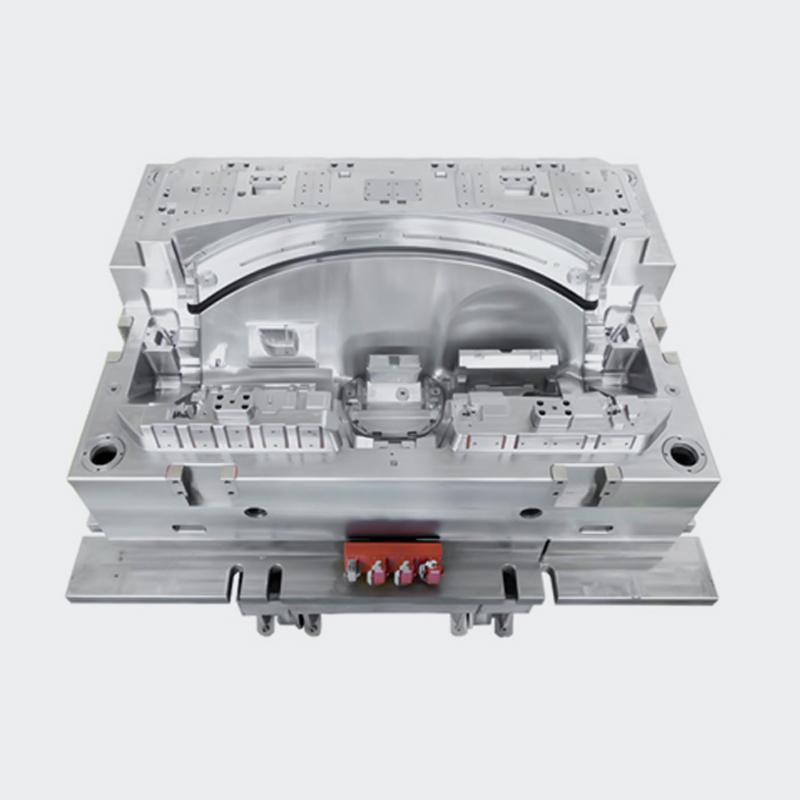The maintenance procedures required for each injection […]
The maintenance procedures required for each injection molding location depend on different mold cycles. Below are some general principles that every injection mold user can use to ensure the efficient operation of mold components such as hot runners, heaters, guide posts, and ejectors, in case the unexpected occurs.
1. Check whether there is an early warning of rust or dampness at the air diffuser
If you notice rust or moisture near the hot runner vents, it could mean condensation inside or possibly a ruptured water pipe. Moisture can cause a fatal short circuit to the heater. If the machine is not running all year round, but is shut down at night or on weekends, the chance of this condensation will increase.

2. Remember to remind the operator not to "clean up" the hot nozzle at the gate
If the operator happens to see a small piece of stainless steel at the die runner, it may actually be a runner assembly. "Cleaning" out what appears to be a hindrance often destroys the hot tip. In order not to damage the hot nozzle, please confirm the nozzle type of the lower hot runner system before taking action, make sure that all operators are well trained and can recognize all the different nozzle types they come into contact with.
3. Sliding stop buckle
For machines that run year-round, this work should be done weekly.
4. Check the resistance value of the heater interactively
You should have measured the resistance of the heater when you first started using it, now it's time to measure and compare after the fact. If the resistance value fluctuates by 10%, it is time to consider replacing the heater to ensure that it does not fail at a critical point in the production process. If the initial resistance value has never been measured, measure it now and use the resulting value as a reference for future inspections of the heater.
5. Check for signs of wear between the guide post and guide bush
Look for signs of scratches or scuffs, which are due to lack of lubrication. If the marks are just emerging, you can also extend the life of the guide posts and guide bushes by lubricating them more. If the wear is severe, it is time to replace the parts with new ones. Otherwise, the cavity and core parts may not fit well, resulting in different thicknesses of the part cavity walls.